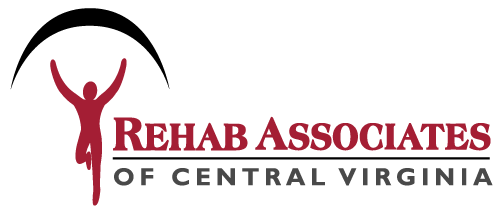Question and Answer with the Running Specialists
Question: I hurt my foot while training for the 10 miler in Lynchburg, Va. I went to my doctor who told me to take some medicines before I run. I have seen a Physical Therapist who told me that electrical stimulation and massage was what I needed along with some rest. My running mentor told me that the only way that I would get over this is to get a cortisone shot. Who should I listen to and what do you recommend?
Answer: None of the treatments you describe will solve your problem. Medication might be okay for a short period of time if the pain is preventing you from sleeping and you need to rest in order to recover. However, pain medication is definitely not okay if you are still running. Anything that blocks the pain so you can run is guaranteed to make your injury worse. That goes double for running on cortisone shots.The most catastrophic running injuries I have ever seen came from running on cortisone shots. Your PT was right to tell you to take a break from running if it causes you severe pain, but passive treatments such as electrical stimulation or massage that just block the sensation of pain will not fix your problem – you can’t just rub your running injury away.
What you really need is an active recovery program that is direct, dynamic, and progressive. It must directly identify and address the cause and results of your specific injury. It must include dynamic movement of the injured region including stretching and mobilization techniques to normalize your movement and decrease the scarring that always accompanies an injury. A progressive treatment must include weight-bearing exercises and running drills that will strengthen and retrain your body so that you can safely return to running without reinjuring yourself. Your recovery plan must also monitor your progress and specify clear goals for your recovery.
This might seem obvious but the truth is that all runners’ injuries are different and need to be treated differently. For example, a runner’s plantar fasciitis (a common type of foot pain) is completely different from the plantar fasciitis a person gets from carrying heavy loads. Although these two injuries are called by the same name, they have different causes and they require different treatment plans.
When you see a healthcare professional for your running injury, use the following guidelines to evaluate the quality of care you receive:
- Independent evaluation: For your initial evaluation, your healthcare provider should take a complete medical and running history, give you a thorough physical examination including a complete biomechanical profile, then provide an appraisal of your dysfunction and a summary of the appropriate treatment which includes a plan for returning to running.
- Close supervision: Your healthcare provider should personally oversee all aspects of your treatment program. A technician may oversee your performance of certain exercises, but the healthcare provider should decide which exercises you need, and show you how to do them correctly. The healthcare provider should observe and modify your running cadence or impact patterns as needed. I feel that a team approach is often the most beneficial way to monitor this as you get input from multiple professional while paying only for one.
- Goal-oriented treatments: Any treatment you get should be specifically designed to enhance your strength, flexibility, or endurance. Your program should develop or reinforce proper training habits and techniques. Your healthcare provider should have a plan for footwear modification during and after recovery. The reasoning for each treatment or modification in technique or equipment should be explained to you. There absolutely must be a specific reason for each portion of your treatment.
- Individualized program: Since no two runners or injuries are exactly alike, your program should be customized to you as an individual. Your healthcare provider should consider your previous running experience, running goals, occupation, lifestyle, and personal tendencies when assigning your educational and treatment programs.
- Active involvement: You should be provided with exercises and lifestyle-modification advice that extend your recovery process beyond office visits to your home, work, and running environment.
- Discharge planning: Your healthcare provider’s treatment program should have a specific goal for the conclusion of office visits. Your discharge program should include on-going running and lifestyle recommendations to minimize the possibility of a recurring problem.
If you wish to see Physical Therapists who understand running and what it takes to get you back on the road or trail again, consider contacting the Foot and Ankle team at Rehab Associates of Central Virginia.
